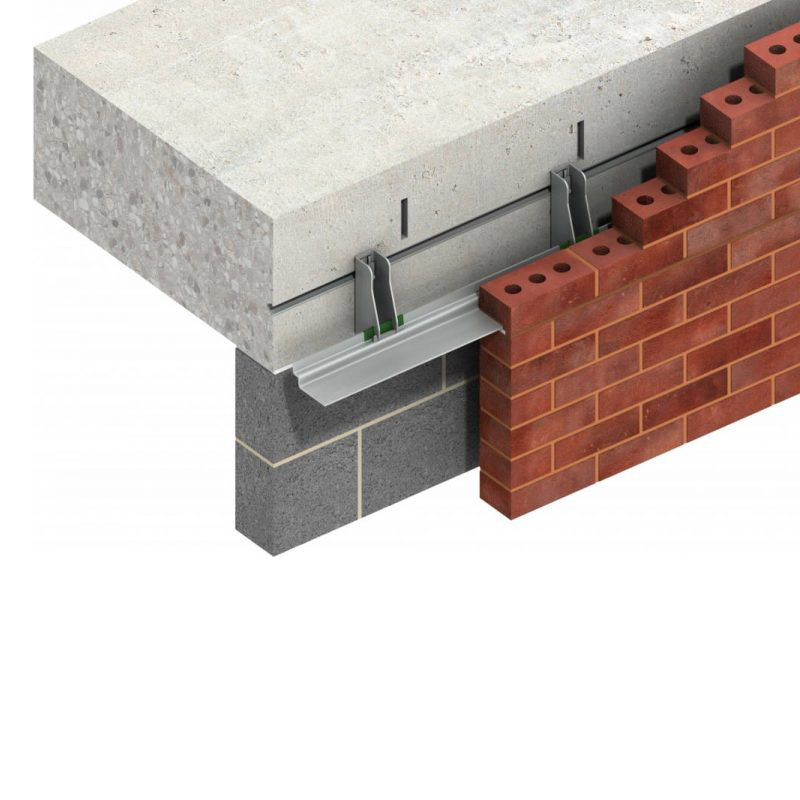
- Mobile Phone
- +8613931874955
- sales@cntcmetal.com
masonry veneer ties
Understanding Masonry Veneer Ties Importance and Installation
Masonry veneer ties play a crucial role in the construction of masonry veneer walls, providing structural integrity and stability to the overall building. As masonry continues to be a popular choice for both residential and commercial buildings, understanding the significance of veneer ties is essential for any contractor, builder, or homeowner planning a masonry project.
Masonry veneer refers to a non-structural outer layer of masonry that is adhered to a backup wall, typically made of concrete, steel, or wood. The primary purpose of the veneer is aesthetic, offering the appearance of solid masonry while reducing the overall weight of the structure. However, to ensure that this veneer remains securely attached to the backing, masonry veneer ties are employed.
These ties are typically made from materials such as galvanized steel, stainless steel, or other corrosion-resistant metals to withstand environmental factors over time. The ties are installed at regular intervals, typically every 16 to 24 inches vertically and at the corners and joints, ensuring a strong bond between the veneer and the backup wall. Proper spacing and installation of these ties are paramount for distributing loads evenly and mitigating issues such as moisture retention and wind pressure.
masonry veneer ties

One of the primary functions of masonry veneer ties is to resist lateral forces, especially during adverse weather conditions. Wind can exert considerable pressure on a veneer wall, potentially leading to detachment if the ties are insufficient or improperly installed. The ties also help accommodate thermal expansion and contraction, which can cause cracking or other forms of damage to the veneer if not properly managed.
In terms of installation, masonry veneer ties should be placed as the veneer is being constructed. It is advisable to use ties that are designed for the specific type of veneer being installed. Following the manufacturer’s recommendations and local building codes is essential to ensure compliance and safety.
Regular inspections of masonry veneer walls are recommended to monitor for signs of distress, such as cracks or bulging. In some cases, improper installation or deterioration of ties can lead to serious structural issues. Addressing these problems promptly can prevent costly repairs and ensure the longevity of the masonry veneer.
In conclusion, masonry veneer ties are an essential component in the construction of veneer walls, providing stability, load distribution, and resistance to environmental forces. Understanding their importance and ensuring proper installation can significantly enhance the durability and aesthetic appeal of masonry projects. Whether for new construction or renovations, investing the time and effort in proper tie installation is crucial for a successful masonry veneer system.
share:
-
Your Source for Concrete Wall Ties and Masonry AccessoriesNewsJul.10,2025
-
Unlocking the Power of Iron Wire for Every ProjectNewsJul.10,2025
-
Explore Advanced Chain Wire and Stainless Steel Mesh FencingNewsJul.10,2025
-
Discover the Benefits of Annealed Wire ProductsNewsJul.10,2025
-
Discover China Stainless Steel Wire Mesh SolutionsNewsJul.10,2025
-
Build with Confidence Using High-Performance Masonry AccessoriesNewsJul.10,2025
-
Why Sacrificial Formwork Is Redefining Underground ConstructionNewsJun.06,2025



















